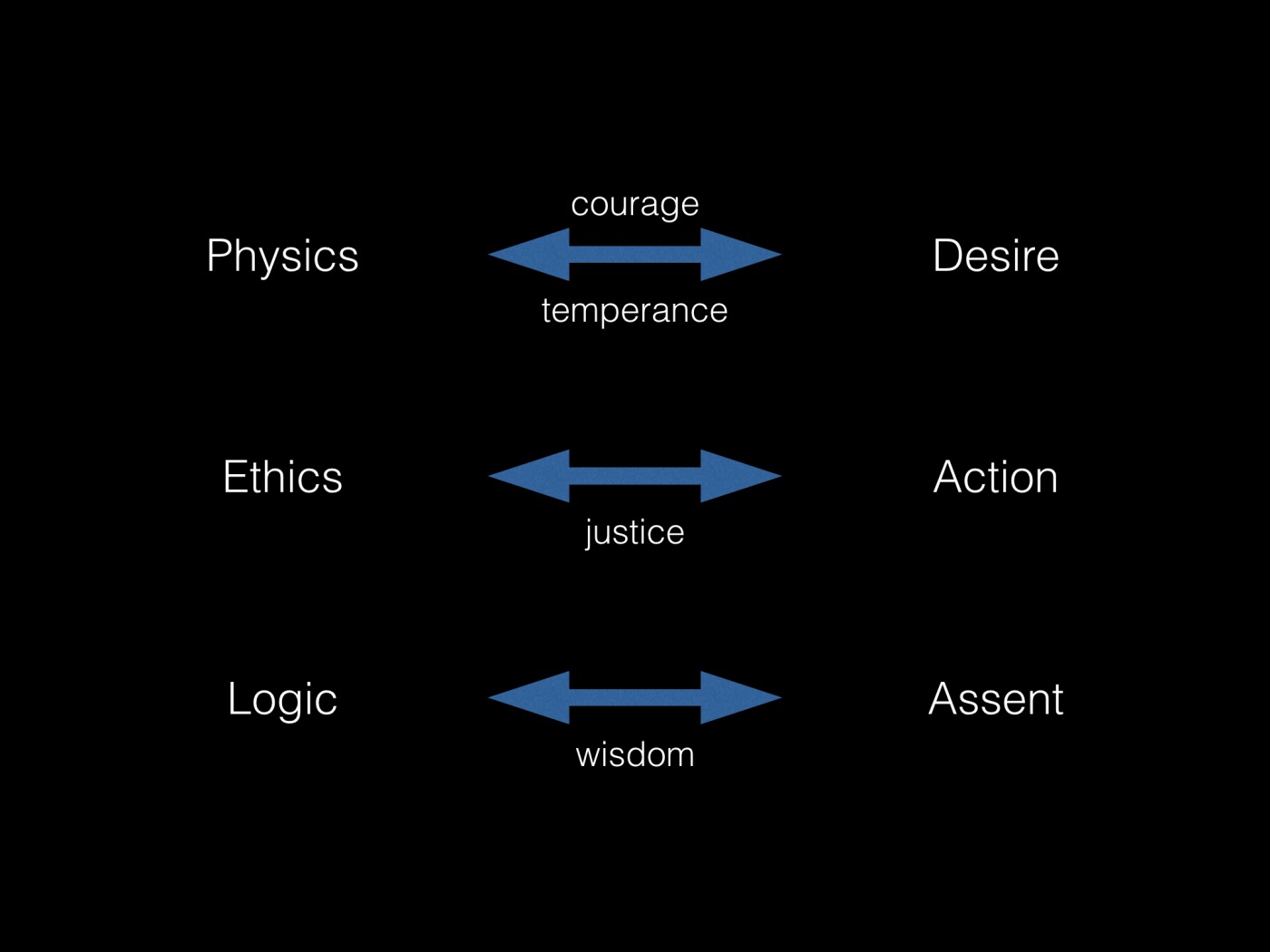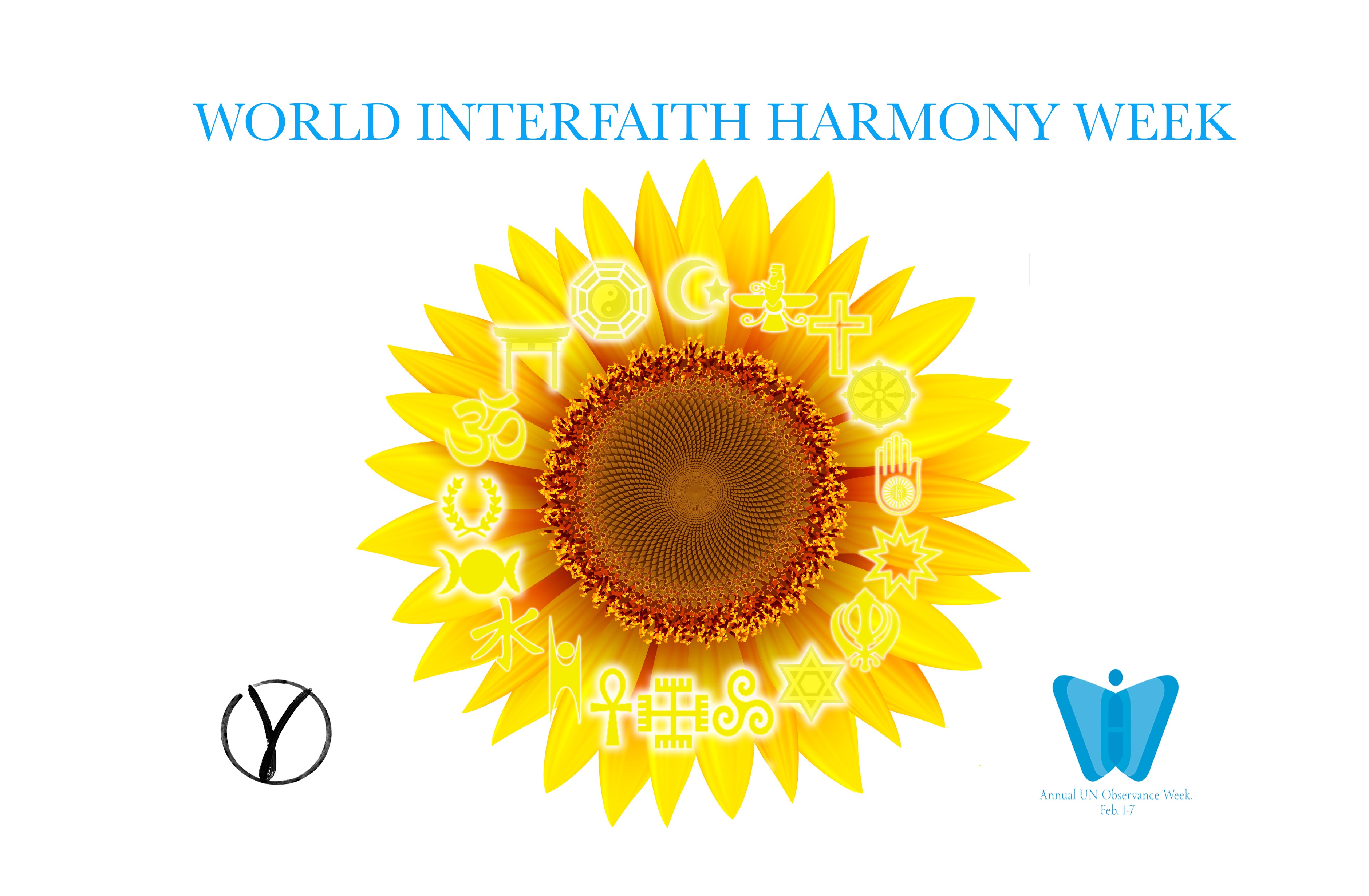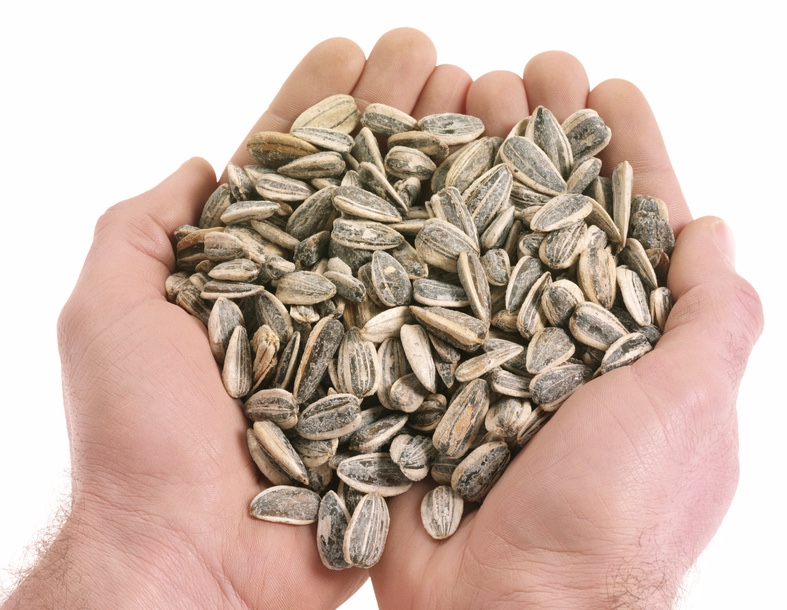
Recently I attended a lecture of the Italian philosopher and biologist Massimo Pigliucci on tour to promote his new book How to Be a Stoic. Using Ancient Philosophy to Live a Modern Life.
Massimo Pigliucci is quickly becoming one of the main representatives of Modern Stoicism. He runs a popular blog and takes part in many activities to promote this ancient philosophy. Last weekend he conducted a workshop on Stoicism in Rome. I would have loved to join. He is great teacher and I like the idea to study classics in their historical environment.
In both his book and lecture, which was quite similar to this one on YouTube, Pigliucci makes a compelling case for Modern Stoicism.
My first encounter with Stoicism was at high school. The teachers treated Stoicism as a historical phenomenon that belonged exclusively to Antiquity. I learned about Logos, equanimity and “secundum Naturam vivere” (living according to Nature) mainly in order to reproduce these concepts in examinations.
The concepts stayed with me, but I did not think much about them. Just for fun I memorized a random sentence from Seneca’s advice to Lucilius: “Nihil vero tam damnosum bonis moribus quam in aliquo spectaculo desidere” (Nothing really is so damaging to morality than to assist at some kind of spectacle). It never stopped me to visit concerts and festivals.
Later in life I became more attracted to Horace’ Carpe Diem and theories of happiness of Epicurus and Aristotle. Stoicism always seemed a bit Puritan. Pigliucci talks about the “stiff upper lip” and asserts that this qualification does not do justice to most Stoic philosophers. While Heraclitus and Socrates became my real heroes, a fascination with Roman emperors finally led to a lasting admiration for the Stoic Roman emperor Marcus Aurelius.
Last year I even went so far as to sent a copy of the Marcus Aurelius’ Meditations to Donald Trump to congratulate him on his victory in the U.S. elections, hoping he would take some wise Stoic teachings to heart. It may seem a bit of a crazy whim now, but at that moment in time it felt as the right thing for me to do.
I do not know whether the book ever reached his desk at Trump Tower (probably not), but, as Stoic philosophy teaches us, one should never worry about things that are out of our hands. Or in the words of the Serenity Prayer (also quoted in Pigliucci’s book):
God, grant me the serenity to accept the things I cannot change, courage to change the things I can, and wisdom to know the difference.
“Nice try!”, said Massimo Pigliucci to me, when I told him about this spontaneous action during the book signing session.
Stoicism can be particularly helpful when we face the hardships of life. Impressive is the story of James Stockdale who managed to survive more than seven years of imprisonment and torture thanks to the words of Epictetus and how Lawrence Becker, author of Modern Stoicism, deals with invalidity.
I enjoyed the book very much, but Pigliucci did not convince me to become a Stoic. I am not looking for a particular school of thought (or religion) to define my identity. If Socrates was a gadfly, I prefer to remain as free as bee and move from flower to flower causing cross pollinations. So after tasting the nectar of this book I am more open than ever to take Stoic advice whenever the occasion arises.
The book also gave me a new perspective on the gamma way.
The Stoics founded their philosophy on three topoi or areas of inquiry: Physics, Ethics and Logic. Pigliucci explains the relationships between these topoi, the cardinal values and disciplines of Stoicism here.

I now believe that these three topoi can also be a good starting point for me to develop the gamma way. I only would add a small “meta” to Physics, because in our modern age Physics has become an exclusive scientific domain. The Stoics themselves did not practice modern science when they speculated on the Logos (even though they had a form of peer review).
Anyone who wants to learn from various wisdom traditions, should also be open for metaphysical speculations. The criterium should not be whether such speculations are true or not (in most cases we cannot tell anyway), but to understand how useful and/or insightful they are within their own traditions and possibly beyond.
In such a gamma curriculum (meta)Physics would be dedicated to the study of the nature of things (like all human knowledge and speculations about the universe, nature, consciousness). Ethics would mainly focus on the study of psychology (the nature of emotions and feelings) and the way to connect to each other and our environment. And finally, the topos of Logic should be aimed to increase our abilities of good judgment and to act accordingly.
The Stoic values in the scheme above do not automatically fall into place on the circular gamma model. Justice and temperance for example belong to the gamma domain of Logic, connected as they are to the key value Proportion.
These differences do not really matter. Stoicism and the gamma way have a different scope. The gamma way is a simple and basic moral compass for an open exploration of wisdom traditions. Stoicism is an established school of thought itself.
That said, all arrangements of topoi, values, disciplines, symbols and stories are in the end just helpful for a good life.
A real sage does not need any of them to live according to Nature.





